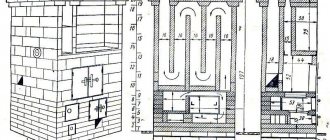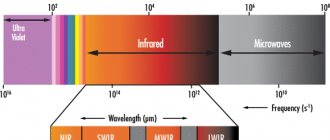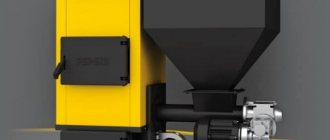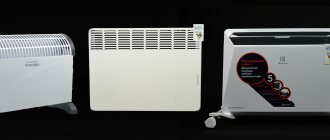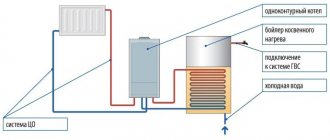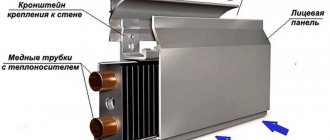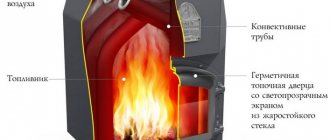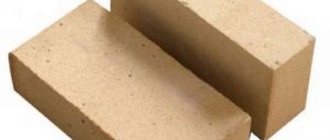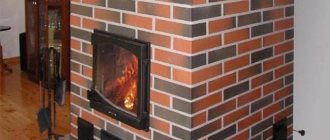Russia is a huge country, and often a country house may require heating for several months a year.
cast iron stove for cottage
Without heat in the house, it would be somehow premature to consider it residential. Moreover, in the cold season, uninterrupted operation of heating systems in many cases is simply a matter of survival. There are many options for constructing heating systems for country houses. Heating can be done using electricity, gas boilers or a classic Russian stone stove. It is possible to install a fireplace. Cast iron stoves for summer cottages are deservedly popular. This is a fairly economical, but at the same time reliable option for heating premises.
Criteria for choosing cast iron stoves for a summer residence, taking into account their technical characteristics
We have compiled a list to help you make your choice, it will show you what you should pay attention to.
The main criteria to rely on.
- You need to evaluate the main style in which the interior of the house is made, and then, using the knowledge gained, select a suitable stove.
- Also an important factor is the base material of the furnace. It is usually made of metal or alloy, the most popular being cast iron. Its composition ensures long-term service, the stove is resistant to damage and is not afraid of any natural phenomena. This material is more suitable than others for making a stove. Therefore, it is the most practical, and therefore the most popular.
- The type of fuel is also an important factor when choosing a stove. The most common fuel is wood. You need to make sure there is a large supply of wood nearby, otherwise this could become a problem. People usually do not pay attention to this factor, despite the fact that it is one of the most important. Therefore, his mention was mandatory.
- The obvious criterion is the size of the oven. It is important to take measurements of the space where the stove will be placed in the future.
Dimensions and configurations of cast iron stoves
There are many models of stoves, and the sizes are very diverse. According to its shape, the stove can be corner or wall-mounted. The stove is selected according to these parameters, based on where it needs to be installed. Knowing the layout of your home, its area, volume and ergonomics, choosing a stove will not be difficult. Perhaps there will be one problem of choice - due to the wide range of units.
Corner cast iron stoves
Can be with three or five corners. But any of these horizontal projections have a back wall at a “right angle” to fit it into the corner of the room. Most models of corner stoves are made of combined materials - steel and cast iron. The housings are made of high quality stainless steel, and the internal parts exposed to direct contact with flame and thermal shock (compartments, grates, and cooking plates) are made of cast iron. In the case where a steel furnace has a cast iron grate, it would be more rational to choose a model that also has a firebox lining (fireclay or heat-resistant red brick). A lining for a stove, in which the firebox is not cast iron, but made of alloy steel by welding, sooner or later becomes a necessity, and often the owners themselves have to carry out this lining.
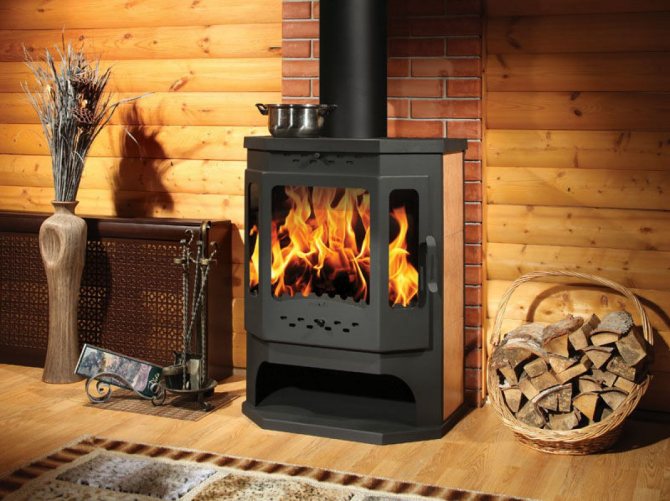
Cast iron and combined stoves with pentagonal geometry are larger in size than triangular ones and, as a rule, have a hob.
A corner stove can be either purely heating or heating and cooking. The compactness of such stoves is a plus, but at the same time they cannot have many options, due to the same compactness.
Wall cast iron stove
This stove can be installed in corners and against walls. The dimensions of wall-mounted stoves are varied - from very small compact to quite large and massive. Provided the oven size is large enough, all options are possible - heating, cooking, baking and drying, as well as preparing hot water. A wall stove can be successfully used both in the kitchen and in a living room. The second option involves a design without the utilitarian functions of cooking and frying, but with high-class aesthetics.
A special niche is occupied by stove models lined with ceramics. And also these models enjoy special love among consumers, and even admiration. This is understandable, stoves are highly decorative, amazing in design and, in addition, have a significant advantage: ceramics significantly improve the technical characteristics of heating units, and the operation of such a stove has additional benefits.
Advantages of stoves with ceramic linings:
Ceramics have high heat capacity and heat accumulation characteristics. The stove does not cool down for a very long time, and heating the home is much more efficient.
An excellent feature of ceramics for everyday use, which has become one of the reasons for the love for such designs - ceramics accumulates heat and slowly releases it, but at the same time it does not heat up to such an extent as to cause a serious burn. An accidental household burn from the metal of the stove - I would like to stay away from this option. Metals have a high coefficient of thermal conductivity, and baked clay has a low coefficient, so a ceramic-lined stove is much better for home safety reasons.
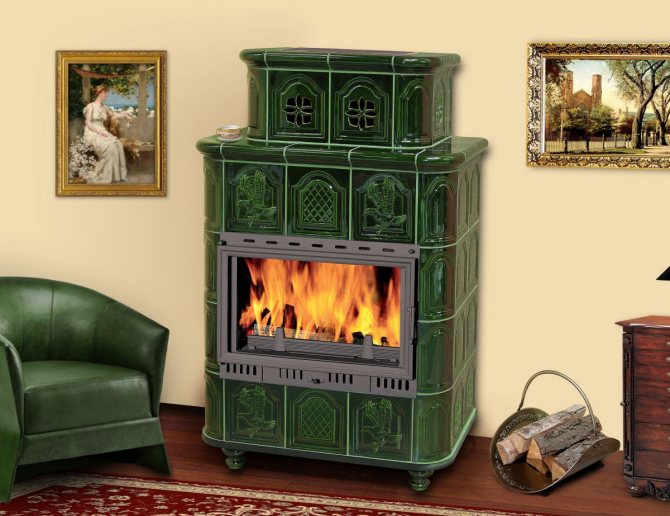
The invaluable advantage of lined stoves is their stunning aesthetics and varied design. Finishing tiles are used in different thicknesses, colors and textures. Ornaments, complex relief and imitation of tiles are possible, in the best traditions of historical designs of ancient and modern stoves.
Types of household cast iron stoves, their design and operating principle
As a rule, the stove is used exclusively for heating the home. This is what gave rise to such a wide variety of cast iron stoves for summer cottages. But in addition to its main purpose, the oven is also used for many other tasks. Let's look at its main types.
Potbelly stoves
A potbelly stove is a space heating stove that reached the peak of its popularity in the 20th century, despite this they are still widely used among people due to their practicality. Of course, it is not possible to bake anything in such ovens; their main purpose is heating. But a cast-iron stove with a stove will be a practical addition to your dacha, because you can still cook food on it.
Typically, the design of such furnaces is quite simple. The metal body provides greater thermal conductivity, which is useful for heating rooms, but you should be careful because you can get burned by touching it. Most often, thick gloves made of hard fabric are used when handling such stoves, which neutralizes the damage to health and negates the risk of getting burned.
At first it may seem that a cast iron stove is too simple for a summer house and not worthy of attention, but people who have already used similar heat sources will highly recommend it. After all, it’s hard to think of anything more practical for heating than a potbelly stove.
Stoves - fireplaces
This type of stove is most popular in large houses. A fireplace is a stove that also serves for heating; its main part usually consists of brick or clay. This is a more elegant, but less practical type of stove. But this does not prevent the fireplace from remaining popular for many centuries. Its heat output is 15-20%, which is much less efficient than the previous stove.
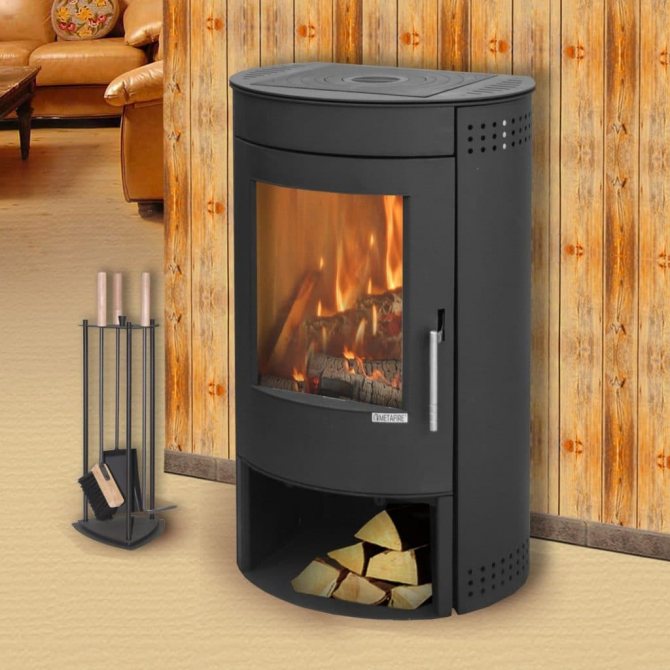
Long-burning fireplaces for summer cottages are very common due to their appearance
Cast iron stoves and fireplaces for summer cottages, which are not lined with brick, are becoming increasingly popular, which makes it possible to neutralize the only drawback of fireplaces - their thermal conductivity.
The most practical of the fireplace subtypes is cast iron wood-burning stoves for summer cottages. Their main fuel, as the name suggests, is wood, a material that is available in large quantities in almost all territories.
Heating and cooking cast iron stoves
This type of stove heats the house using wood and leaves behind the possibility of cooking food. A very practical type of stove. The device, again, is very simple. This type of stove is very popular in large country houses, where there is a lot of space, you constantly need to maintain the temperature in the house during the cold season, and also cook food. Despite their practicality, such stoves are less popular, but are certainly more practical than others, because they perform two tasks at once - heating and cooking.
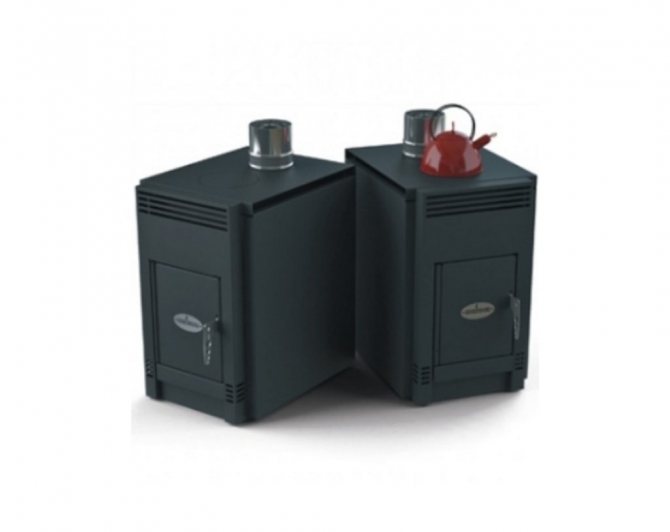
Heating and cooking stove Greyvari 100
There are three models of the most popular heating and cooking cast iron stoves:
- Heating and cooking stove Greyvari 100 from a Russian manufacturer. With its help you can quickly heat a room of up to 100 m3. Approximate price: 9000 rub.
- Croatian stove Plamen Slavonac. A wood stove with a heating power of 8 kW is capable of heating a room with a volume of up to 130 cubic meters. Approximate price: 40,000 rub.
- Heating and cooking stove Combat 150. The modern design of the stove allows it to be installed in a room with any interior; it is intended for heating rooms with a volume of up to 150 cubic meters. meters. Approximate price: 12,000 rub.
What is good and what is bad about a cast iron stove for a summer residence
The main advantage of a cast iron stove is energy independence. To warm up the room, ordinary firewood or peat is enough.
Vintage sample
An ambiguous characteristic is the manufacturing method. Cast iron products are cast, not assembled. Hence the disadvantage - heavy weight, and the advantage - long service life.
All cast iron work of art
Advantages of the device
- Dimensions: the stoves are compact, mobile (although heavy).
- High efficiency: 80–85% is a good indicator for a wood heating device.
- Easy installation: unlike any other stove, cast iron does not require a foundation (however, the floor must be fireproof; if you plan to periodically move the device, get a metal sheet and place the device on it).
- Relatively low cost: relatively because fireplace stoves are quite expensive, and ordinary stoves with a steel body are really cheap - a brick stove cannot stand any comparison.
- High aesthetic properties: a parameter inherent in fireplace stoves and expensive models.
- Cost-effective: a correctly chosen stove will replace a stove, saving space and money needed to buy a gas stove; wood fuel is inexpensive (often free).
- Long service life: in cast furnaces that run on natural fuel, there is simply nothing to fail.
Classic potbelly stove
Disadvantages of a cast iron model
- The device requires very careful handling: if you splash cold water on a heated surface, the cast iron may crack.
- A mandatory part - a chimney - limits mobility.
- Rust: it is better not to splash water at all - cast iron is susceptible to corrosion.
- Unsuitable for repair.
- Fire hazard.
- Carbon monoxide: in order to avoid carbon monoxide poisoning, which was very common in Russian villages before the electrification of the entire country, it is better to order installation from specialists - we mean chimney installation.
Features of installing cast iron stoves
It is better not to install a cast iron stove alone, because often the stove is quite heavy, so as not to harm your health, it is better to call several friends for help.
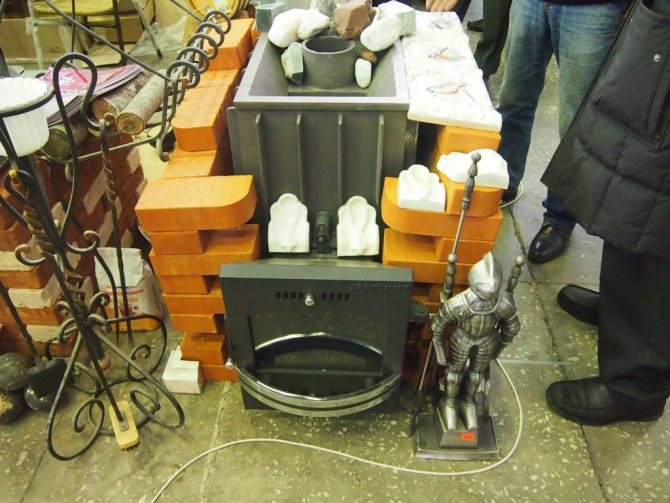
To install a cast iron stove for a summer residence you will not need any special tools, just a few hours of time
- First you need to consider the installation location where the stove will be most effective. Usually the stove is installed in the kitchen. Whether it is a heating and cooking stove or a potbelly stove, the kitchen is considered the optimal place.
- Then you need to clean the area. It is important that the support where the stove stands is made of non-combustible material. For fire safety purposes, you should make sure that the material does not conduct heat, and that high temperatures will not damage it.
- A cast iron stove should not be placed near flammable surfaces, such as wood, paper, wallpaper, curtains.
- It is necessary to consider the ventilation of the room where the stove is located. Often, the stove emits harmful gases that will certainly harm your health.
How to install a cast iron stove?
In general, the rules and methodology for installing cast iron cooking and heating stoves are created on the basis of current building codes and regulations (SNiP). Let us consider in order the process of installing a finished metal stove:
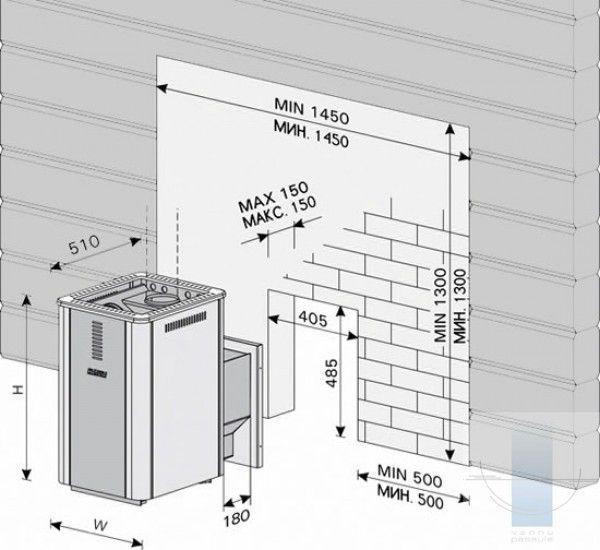
cast iron stove installation diagram
- Remove the stove from its original packaging and inspect it externally. Cast iron is a rather brittle material and when inspecting, pay attention to possible cracks. Using an oven with cracks may cause a fire.
- As a rule, operating and installation instructions are included with the stove. Always follow the provisions of this instruction, since different manufacturers of ovens may have different operating nuances.
- Check the completeness of the oven. Typically, all additional and attachments are stored in the firebox during transportation.
- If the oven is equipped with removable legs - Using caution, turn the oven over and place it on the back wall. Follow the instructions to attach the removable oven supports. After this, place it on supports and check its stability.
- Check the completeness of the connection between the outlet pipe of the cast iron stove and the chimney. If necessary, purchase adapters of the appropriate configuration. Please note that some models of cast iron stoves may have an outlet pipe on both the top surface and the back wall. In this case, the choice of smoke outlet location is determined by a removable plug.
- When moving a cast iron stove from place to place, lift and carry it rather than dragging it. The supports of such equipment are quite fragile. When moving a cast iron stove, you may need the help of several people.
Rules for installing a cast iron stove
Before choosing a place to install the stove, check what building materials the surrounding objects are made of. It is not allowed to place a cast iron stove in close proximity to flammable objects. In this case, it is necessary to evaluate not only the external covering, but also the main material for the manufacture of walls and ceilings, as well as furniture.
So, if there is a wooden wall that is prone to fire, the chimney pipe and cast iron stove should be located no closer than half a meter from its surface. Even for protected surfaces, the distance to the oven should be at least 15 centimeters.
Connecting the stove to the chimney
The quality of the material from which the chimney is made must be checked before installation. It should not have any visible cracks or crevices.
Check the behavior of the chimney especially carefully when firing for the first time. It should be with very intense fire. It is at this stage that the sufficiency of draft in the firebox of a cast iron stove is determined. If necessary, the chimney is equipped with a draft stabilizer. This device can regulate the burning rate of fuel in the furnace over a wide range.
Please note that heating the stove requires a constant supply of fresh air. Otherwise, the oxygen in your room may simply be burned out and you will feel uncomfortable. This is especially true for modern country houses that have double-glazed windows that reliably insulate the room. In this case, it will be necessary to provide for the installation of fresh air ventilation.
Place a flooring made of non-combustible materials under the stove. This can be either just a sheet of roofing iron or a space decorated with decorative facing tiles. It is better to install a small border along the edges of such an area, which will prevent accidentally falling coals from rolling out.
For a cast iron stove, it is recommended to install a chimney with a height of at least 4.5 meters and an internal cross-section of at least 15 centimeters. These parameters will provide good traction. At the same time, you should not strive to excessively increase the diameter of the chimney - in this case, the fuel in your stove will burn in vain. The location of the chimney connection - to the back or to the top surface of the stove has practically no effect on its performance. A special adjustable plug can be installed inside the chimney - a view, depending on the position of which the intensity of draft and combustion of fuel is determined.
A cast iron stove creates the most comfortable conditions if it is installed in the center of the room, but this is not always convenient from a practical point of view.
In conclusion, you can watch an educational video on choosing and connecting a cast iron stove.
Ensuring fire safety when using cast iron stoves
As stated earlier, the most important factor when installing a furnace is the safety of you and your loved ones. You can guarantee safety if you follow the advice given in this article. In addition to the above, remember that fire must be handled with care in all conditions. After the stove is installed. It should be used several times under supervision. Do not leave it unattended for the first time, as this may cause a fire. You need to be much more careful with a cast iron stove than with conventional stoves in apartments. If there are children at the dacha, you should talk to them about fire safety.
However, if you adhere to safety precautions, you can completely avoid negative impacts. You just need to follow simple rules, which will ensure the safety of your dacha, as well as the people who are there.
Advantages and disadvantages
Like any other heating installations, cast iron stoves have their advantages and disadvantages. As for the advantages, the following characteristics can be distinguished:
- Low cost. These fireplaces are several times cheaper than other heating devices.
- The stove can be purchased ready-made, so you don’t have to assemble it. It is enough to carry out basic actions: choose a place and connect it to the chimney; anyone can handle this.
- Cheap wood is used for kindling, so this stove is considered very economical. In addition, you don’t have to worry about harmful chemical compounds that are released when burning other types of fuel getting into the air. In addition, such devices work perfectly on other wood waste, as well as on coal.
See also: review of modern options for potbelly stoves.
Stove for a country house:
In addition, cast iron stoves do not have any electronic filling, so the possibility of failure of such a fireplace is excluded. Even devices that are equipped with fans for forced draft have a high reliability indicator, which makes them leaders among all stove designs designed for heating a summer house.
Naturally, such popular heating devices also have their drawbacks, although there are not many of them. These include:
- The fragility of the material is the main disadvantage of a cast iron stove for a wood-burning cottage. During transportation or installation, parts must be handled carefully and avoid impacts.
- Instability to temperature changes. This is also a significant disadvantage; the fact is that due to a sudden change in temperature, the stove may simply burst. Even ordinary cold water spilled onto a hot surface can damage the integrity of the device. That is why the heating and cooling of the structure should be gradual.
- Heavy weight. Although such stoves are compact, the overall design is quite heavy. A standard 9 kW heating device will weigh about 70 kilograms, and some models even more. Therefore, when installing, you need to take care of a reliable and durable base.
Long burning cast iron heating stove S43 (Nestor Martin):
In addition to the above points, such cast iron installations are unsafe. Therefore, when igniting and during operation of the stove, you will have to constantly monitor it, especially if there are small children in the house, because you can easily get burned. During operation, the cast iron surface becomes very hot, so the device must be installed away from flammable objects. It’s better to completely clean the space around the stove.
Pros and cons of cast iron wood burning fireplaces
The popularity of such units is associated with the possibility of using them as heating equipment in populated areas where there is no gas main. Among the advantages of cast iron fireplaces with glass, the following characteristics should be noted:
- Resistance to high temperatures;
- Long-term heat retention;
- High thermal conductivity;
- Non-corrosive.
In addition to these parameters, there are others, thanks to which units made of this material have become the most popular. One of them is efficiency. After all, firewood is used as fuel for cast iron fireplaces, which still remains one of the cheapest sources of energy.
Watch the video, the basic rules of choice:
However, it must also be taken into account that the operation of such a unit is associated with the combustion process. At the same time, smoke and soot are released, which must be removed outside. Therefore, the room where it is planned to install a cast-iron fireplace in a wooden house must be decorated with non-combustible materials and have a good ventilation system, and the unit itself must be equipped with a chimney.
The disadvantages of such fireplaces include their heavy weight, which requires the presence of several people during installation. In addition to this nuance, there is one more thing - cast iron is very sensitive to sudden temperature changes. If during operation a certain amount of cold water gets on it, this can lead to the formation of cracks.
